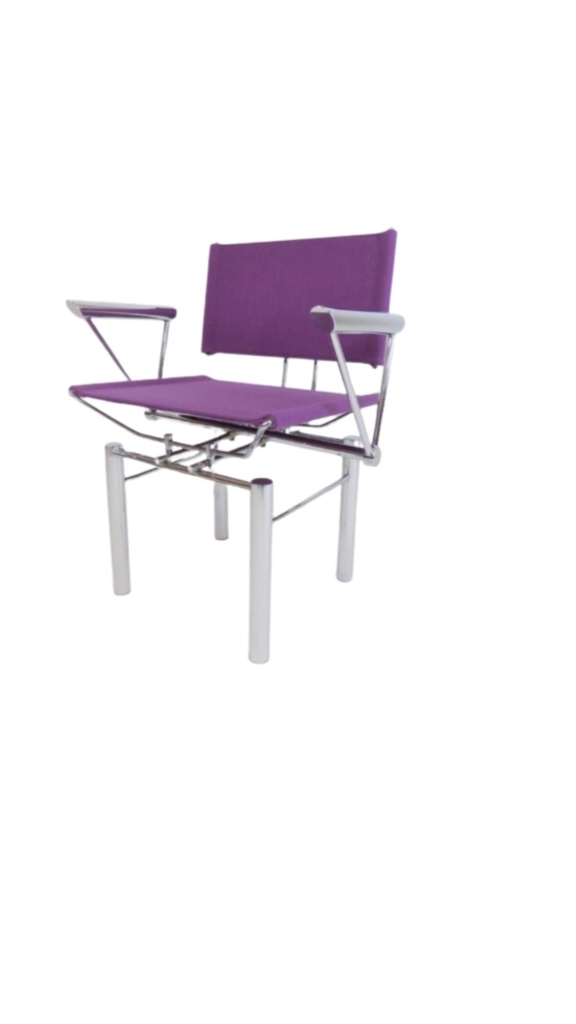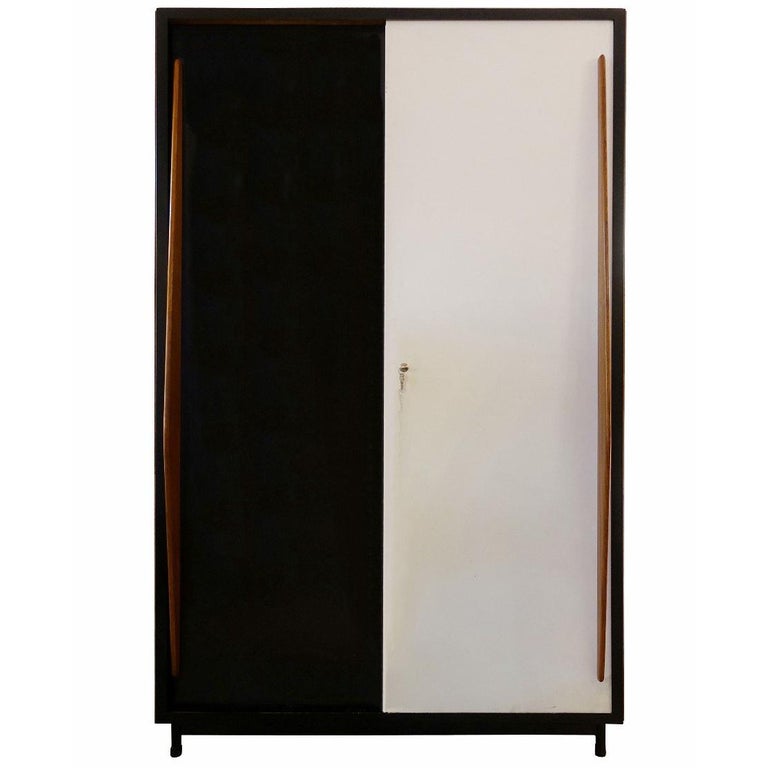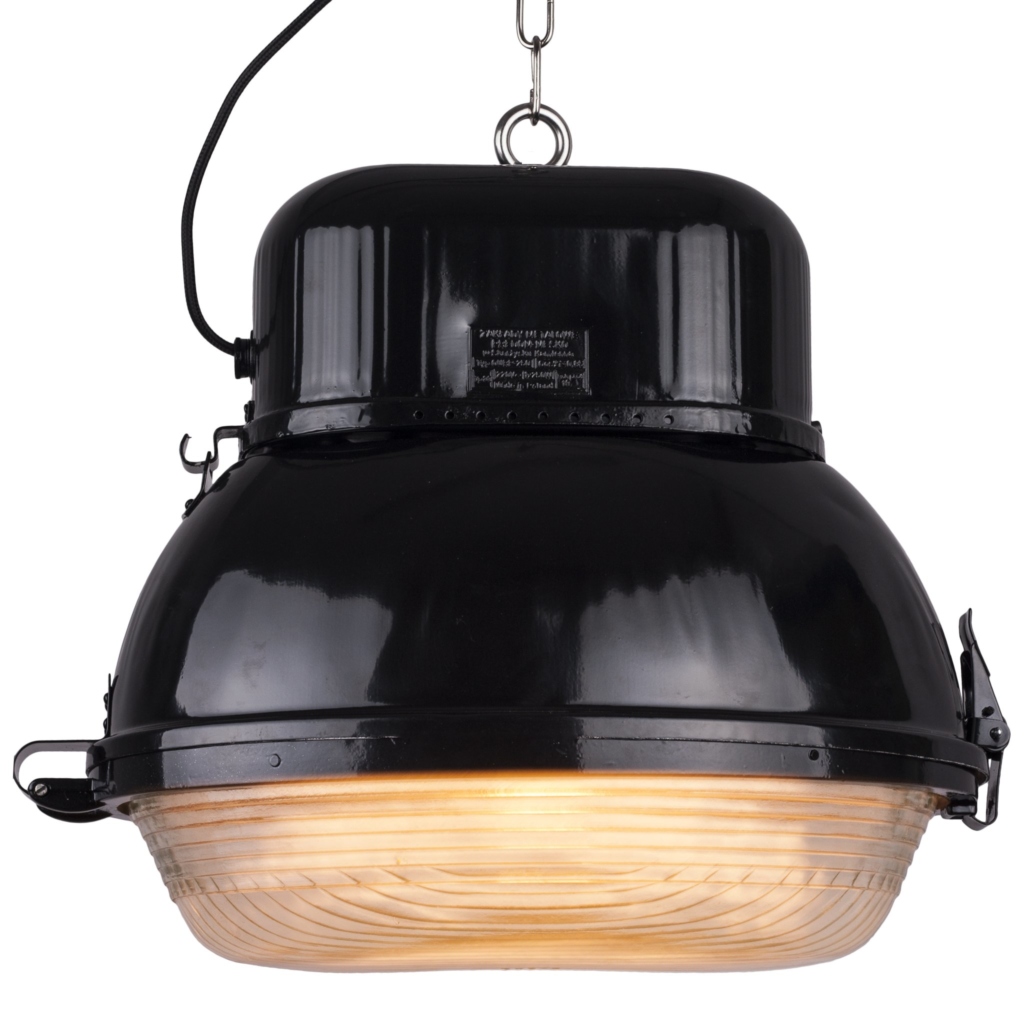About Me
What Is A Brick Sealer?
Brick is extensively cherished for being a charming and long lasting domestic exterior –– and for true reason. Brick can face up to extreme storms, termites, and fire. However, in order to shield your brick exterior’s sturdiness and integrity, some occasional upkeep is required. Bricks are prone to water harm due to their porous nature, so one of the pleasant methods to defend your brick from deterioration is via making use of sealant for bricks.
Pros and Cons of Sealing Exterior Brick
Pros of Brick Sealer
Repels water and protects from oil, gasoline, grease, salts, acids, family chemicals, meals stains.
After installation, stone or brick pavers might also be sealed and covered from UV injury and fading.
Enhance the pavers by way of layering them with a moist style, gleam, or both.
Between every stone, solidify or stabilise the jointing sand.
Cons of Brick Sealer
It requires maintenance
Sealing is no longer cheap
Sealant can contaminate close by plant life
Also Read: Road Kerb
Most Exterior Bricks Do Not Need to Be Sealed
Bricks are in particular manufactured for out of doors use. Brick sealants weren’t round a hundred years ago, however bricks from that timeframe are nevertheless standing! In fact, bricks nowadays are even higher made than they had been a century ago. Most do now not want the delivered layer of protection.
Mortar has additionally gotten more desirable over time. The mortar of nowadays creates a higher seal round the brick joints than the mortar made many years ago. As a whole, your brickwork have to be lots robust barring any sealant on the top.
Should You Use A Brick Sealer?
As we have hooked up any bricks are inclined to water ingress, which will in the end lead to damp, injury & will minimize you houses kerb appeal. So a clear, water-proof remedy that will forestall this moisture except altering the look of your naked brick would sound like a excellent idea. The reply is sure & no. Yes, a water-resistant therapy is ideal, then again a brick & masonry 'sealer' is now not a proper idea.
The time period sealer or sealant refers to a product that 'seals' a surface, stopping moisture from entering. The widespread majority of the sealers do this by way of developing a movie on the surface, which acts as the waterproofing layer. Unfortunately, there are a quantity of troubles with this.
Also Read: One Way Slab Vs Two Way Slab
Why is Brick Sealer Important?
You can also be questioning how a little water ought to ever compromise the integrity of a masonry cloth as hard as a brick. Water is misleading in its strength. A single drop may additionally now not even register on your skin, however a sufficiently extreme torrent can press on you and toss you around. Brick can be broken even greater effortlessly due to the fact for all its density and tensile strength, the cloth is porous. If sufficient water enters and remains, the indoors can also amplify and the exterior may also subsequently start to crack or crumble. Corrosion is additionally possible.
Complicating things in addition is the opportunity of fungal growth. Mold tends to take root on challenging surfaces like a brick when it has a regular source of water. Though reputedly now not as risky as water damage, the presence of spores can additionally weaken the structure. They additionally pose a fitness risk to these who odor them or contact them — or consume them, in the case of pets.
Can You Seal Old Brick Walls?
You can seal old brick walls to protect them from moisture problems as they typically weren’t built with cavities. Older brick walls are also unlikely to have been installed with a damp proof course at the base that would prevent dampness build up.
However, it’s important to check the stability of old brick walls before anything else. Otherwise, you could add sealant to an old brick wall, and it can still crumble from damage over the years. Structural damage occurs to brick walls over time and if you don’t conduct maintenance checks you won’t know how strong the walls are. There is no point in sealing an old brick wall that is going to crumble from existing damage.
How to Apply Brick Sealer?
Bricks that have now not been sealed will ultimately turn out to be discoloured and filthy, mainly if they are positioned in a high-traffic region or close to a fireplace. Cleaning the bricks will get rid of an awful lot of the filth, making them show up manufacturer new as soon as again. They will, however, require a shielding coating to keep that condition.
Dust and particles have to be eliminated the use of a wire brush or a broom, then water them. Give them an excessive wash after that. If soot has constructed up on the bricks from a fireplace, add a few drops of dish cleaning soap to the rinse water if necessary. If the soot is difficult to remove, sand it cautiously alternatively of trying to wipe it away immediately.
Choose between two kinds of mixtures, water-based or oil-based. The oil-based dries faster, however the scent is pungent and paints thinner is required for cleanup. Drying time with a water-based mixture is longer. You don’t have to fear about the smell, and all you want is cleaning soap and water to easy it up.
Seal the bricks in a flat-bed sprayer or with a paint curler if necessary. If possible, coat the bricks uniformly the use of a curler in one direction. The floor of the brick ought to be absolutely covered with sealant. Apply insufficiently, and the sealant will no longer adhere correctly.
Allow at least a half-hour for the first coat to dry completely earlier than making use of a 2d coat. When it comes to laying the sealant, don’t fear about air bubbles. The majority will disappear after the first software if it was once utilized thickly enough. Apply the sealant in the equal way as you did with the first coat; run the curler in the contrary direction. The moist appear of the bricks will be deeper with this 2d layer.
Allow for at least seven days for the sealant to treatment earlier than setting some thing on pinnacle of it.
Also Read: Dry Pack Vs Concrete
If you need any help, please contact us at – info@designaddict.com









